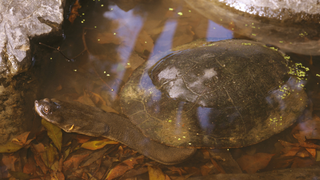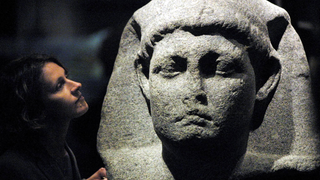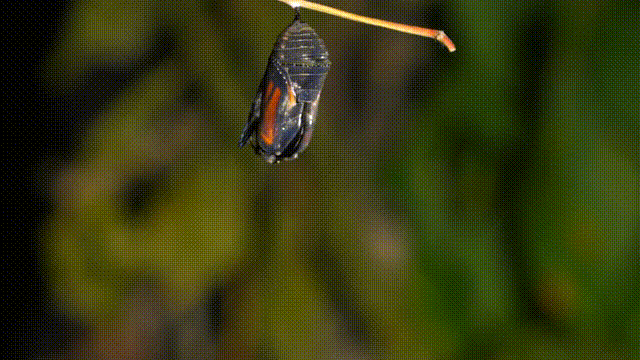Life's Little Mysteries: Science questions, answered

The world can be a pretty mysterious place and we at Live Science love to ask and answer scientific questions about mysteries big and small: about ancient civilizations, our planet and our solar system, the plants and animals that live alongside us, our bodies and how they work, and the technologies that we use every day.
Join us on this exciting voyage of discovery and downright weirdness as we solve … Life's Little Mysteries.
Sign up for our weekly Life's Little Mysteries newsletter to get the latest mysteries before they appear online.
Latest about Life's Little Mysteries

Can a turtle tuck its head all the way inside its shell?
By Emma Bryce published
Turtle shells evolved over the course of 300 million years, but self-defense wasn't the initial driver, researchers think.

How are 'traumatic tattoos' made, and do you have one?
By Abby Wilson published
Traumatic tattoos aren't like regular ones, and they often involve pencils.

What was the loudest sound ever recorded?
By Clarissa Brincat published
Determining the "loudest recorded sound" depends on how you define sound and on which measurements you choose to include.

What if Antony and Cleopatra had defeated Octavian?
By Owen Jarus published
How would history have unfolded if Antony and Cleopatra had defeated Octavian? Would they have ruled the Roman Empire?

What's the difference between a newt and a salamander?
By Alice Sun published
Salamanders and newts are both long-tailed amphibians, but what's the difference between them?

Do your dreams change as you age?
By Abby Wilson published
A young child's dreams and an elderly hospice patient's dreams can be very different. What has research found about how our dreams change over time?

Why do some cat siblings look so different?
By Marilyn Perkins published
Normally, siblings resemble each other. So why does a litter of kittens often come in a variety of colors?

Did Neanderthals have religious beliefs?
By Owen Jarus published
Whether Neanderthals had religious beliefs is a subject of ongoing debate.
Get the world’s most fascinating discoveries delivered straight to your inbox.




